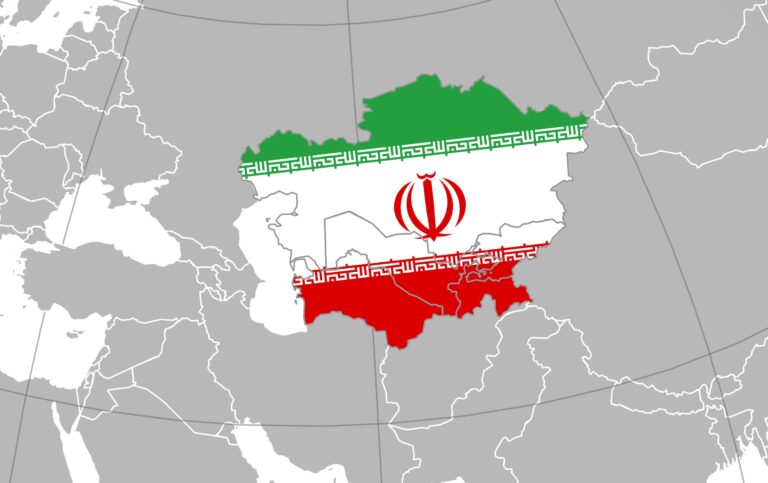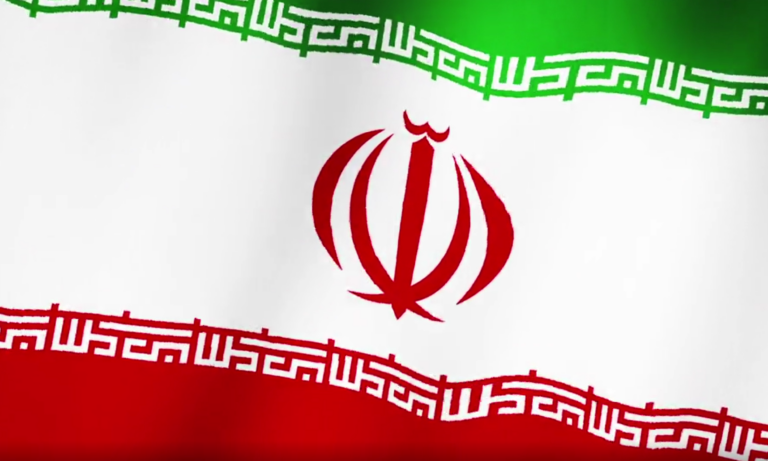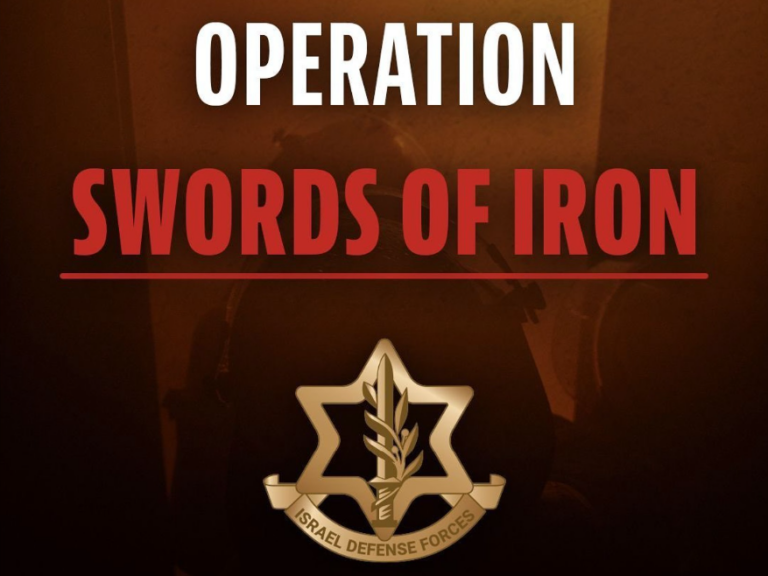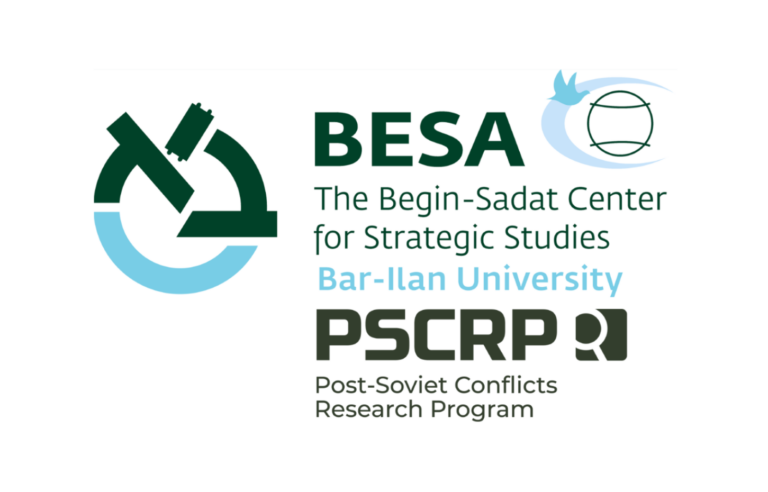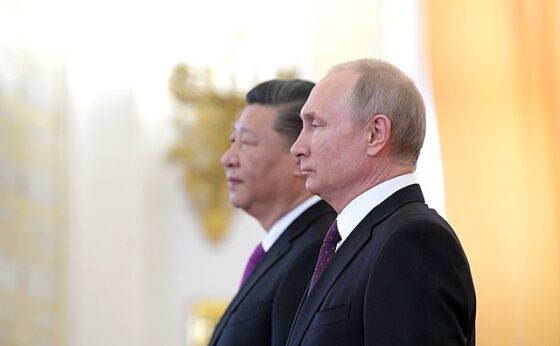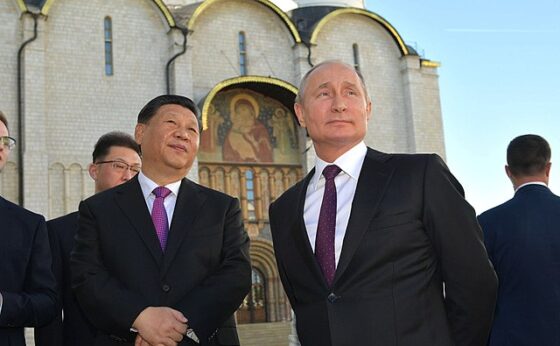The countries of Central Asia cooperate closely with Israel, primarily in the economic sphere. Following the Hamas attack on Israel on October 7, all Central Asian countries issued statements expressing “concern” about the escalation around the Gaza Strip. At the United Nations, the Central Asian countries, albeit cautiously, joined the majority that did not support Israel. On December 12, Central Asian countries (except Turkmenistan yet again) supported a resolution calling for an immediate ceasefire in the Gaza Strip for humanitarian purposes. Israel's representative at the UN deemed this resolution hypocritical as it did not mention the Hamas attack on Israel.
